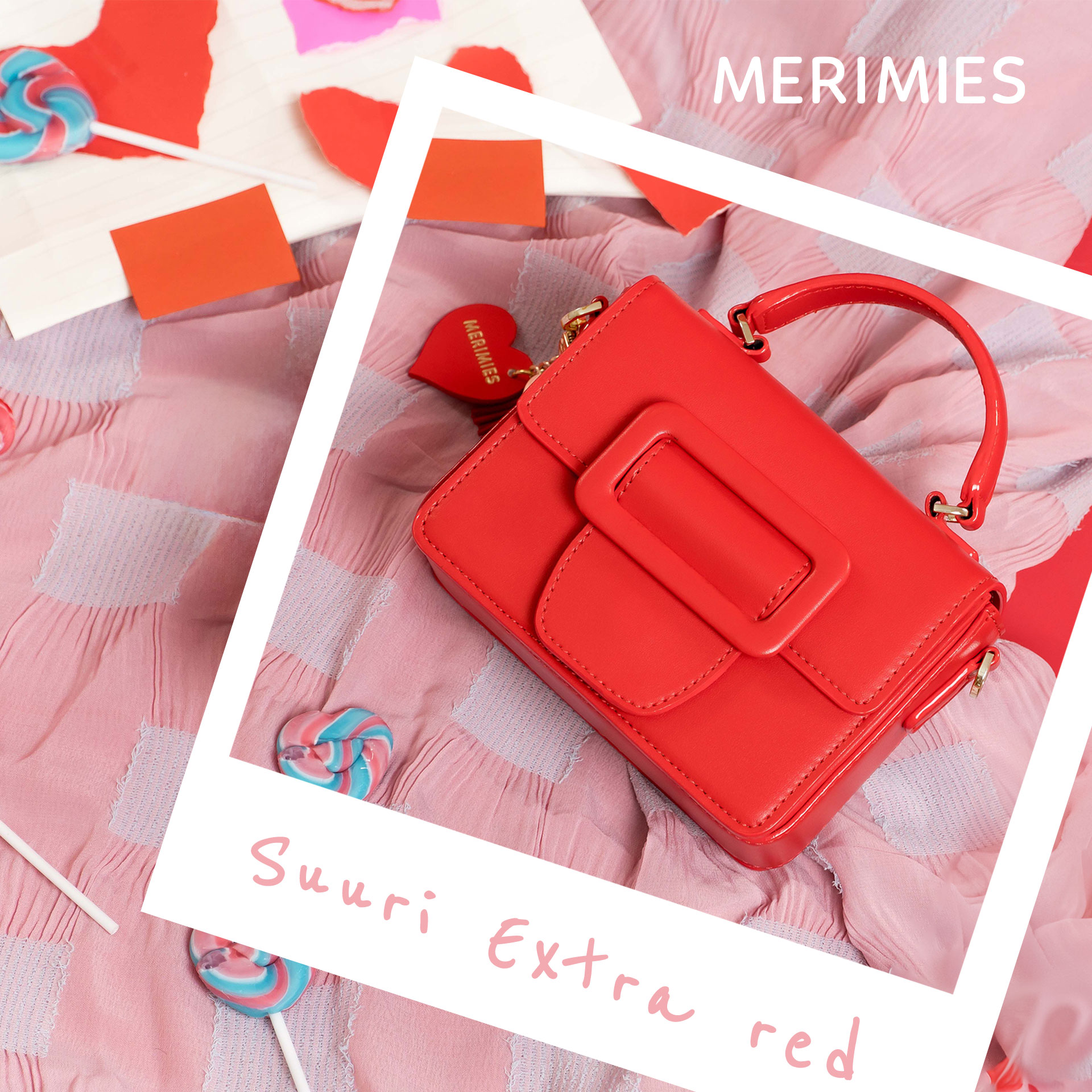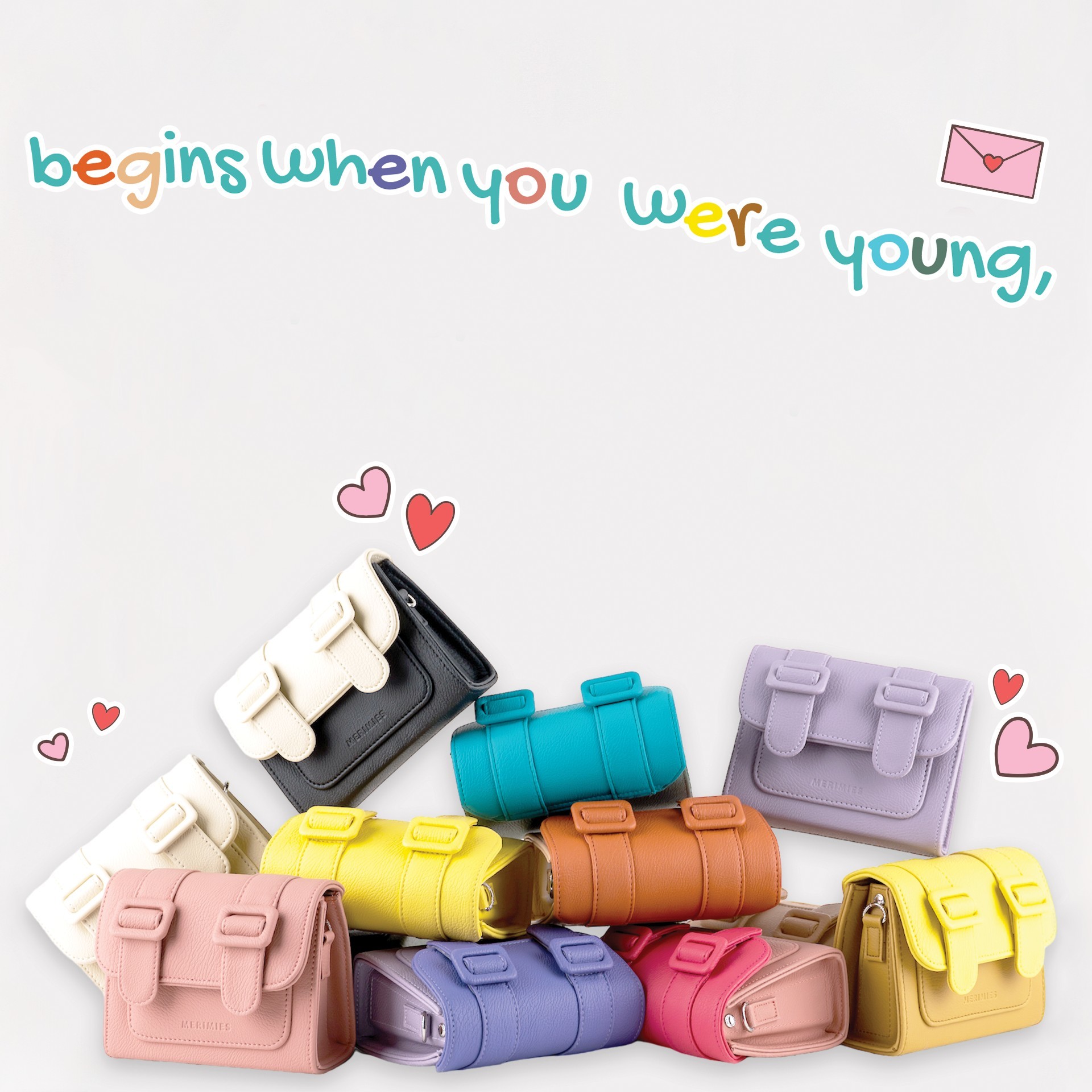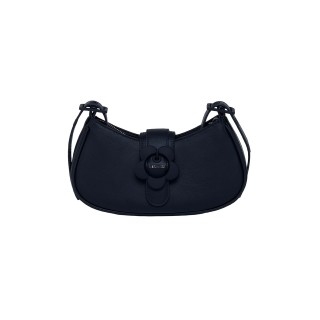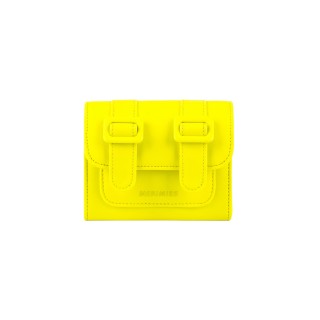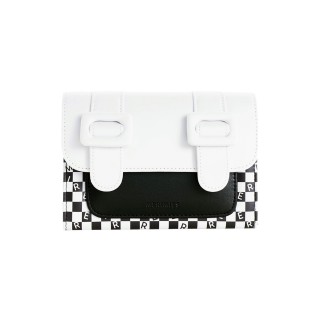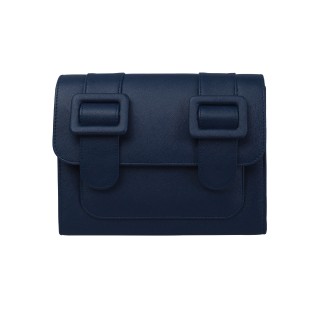New Arrival
Check out our New Collection










Match Your Style
"A Colorful Life Deserves Colorful Bags"
Never out of trend



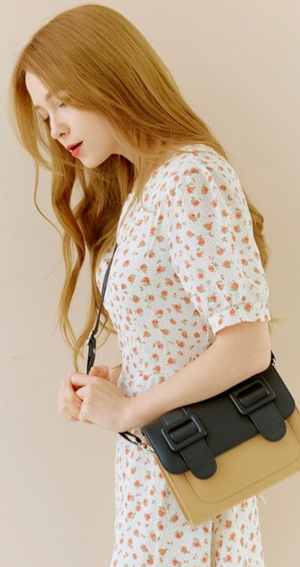
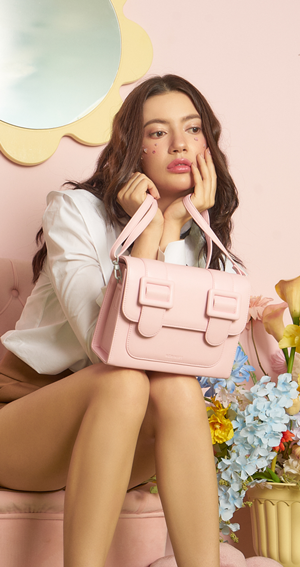

Blog

A Fashionable Journey: The Evolution of Handbags
Handbags have been an essential accessory in the world of fashion for centuries, evolving from simple, practical tools to sophisticated statement pieces. Throughout history, handbags have not only served the purpose of carrying personal belongings but have also symbolized status, culture, and the ever-changing roles of women in society. This article delves into the fascinating history of handbags, tracing their evolution from ancient times to the present, reflecting the evolution of fashion, society, and the empowered women who carry them.
1. Ancient Origins: Bags as Necessities
The history of handbags can be traced back to ancient times, when both men and women utilized simple pouches made from animal hides or woven materials to carry essential items. In ancient Egypt, pouches were a symbol of wealth and were adorned with intricate designs, reflecting the culture's reverence for art and beauty. Similarly, in ancient Rome, leather bags called "loculus" were used by men and women to carry small items like coins and cosmetics.
2. Middle Ages and Renaissance: Status Symbols and Pouches
Handbags evolved into more than just practical items during the Middle Ages and Renaissance eras. They became symbols of social status and were often highly ornate, made from luxurious fabrics, and decorated with gemstones or intricate embroidery. Handbags were carried primarily by men at this time, signifying their noble birth and wealth.
3. 18th and 19th Centuries: The Emergence of Handbags for Women
It was during the 18th and 19th centuries that handbags started gaining popularity among women. As the roles of women in society began to change, they needed a place to carry personal items discreetly. These early handbags, known as "reticules" or "indispensables," were small pouches with drawstring closures, usually made from silk or velvet. They were held delicately in the hand and were a symbol of femininity and refinement.
4. The Golden Era of Handbags: Early 20th Century
The 20th century marked a turning point in handbag design and popularity. With the rise of industrialization and new materials like leather, handbags became more practical and accessible to a broader audience. Luxury fashion houses like Chanel and Hermès began producing high-end handbags that combined functionality with elegance. Iconic designs such as Chanel's quilted flap bag and Hermès' Birkin bag became instant classics, setting the stage for the modern handbag industry.
5. Mid-20th Century: Handbags as Statements
As the world entered the mid-20th century, handbags continued to evolve, reflecting changing fashion trends and social norms. The 1950s saw the rise of iconic designs such as the "Kelly" bag by Hermès and the "Speedy" bag by Louis Vuitton. Handbags became more than just accessories; they became statements of style and sophistication.
6. Late 20th Century and Beyond: Handbags for the Masses
In the latter half of the 20th century, mass production and marketing advancements allowed handbags to become more affordable and accessible to a wider range of consumers. Designers like Gucci, Prada, and Fendi gained prominence, and their signature styles became coveted symbols of luxury and status.
7. The 21st Century: Innovation and Individuality
In the 21st century, handbags have continued to evolve with a strong focus on innovation, sustainability, and individuality. Technology has been integrated into handbag design, featuring features like charging ports and GPS tracking. Furthermore, there has been an increasing emphasis on ethically sourced materials and environmentally friendly manufacturing processes.
The history of handbags is fascinating, reflecting the evolution of fashion, culture, and societal norms. From ancient pouches to modern luxury pieces, handbags have come a long way, becoming an integral part of our lives and fashion choices. As the fashion industry continues to evolve, one thing remains constant: the handbag's enduring status as a symbol of style, empowerment, and self-expression.

A Guide to Choosing the Perfect Bag for Your Needs

Chiang Mai branch at One Nimman

How to Care for Your Favorite Bag to Make It Last Longer
Did you know that proper care and maintenance of your leather bag can significantly extend its lifespan and keep it looking as pristine as when you first got it? Whether you own a tote bag, a crossbody bag, or even a backpack, it's crucial to understand how to care for them correctly to ensure they remain your trusted companions for many years.
Even if your bag is crafted from high-quality leather that boasts resistance to environmental factors, mishandling, and improper care can still lead to a reduction in its longevity.
Here are some essential tips on how to care for your leather bag and some precautions to observe while using it:
1. After each use, gently wipe off any accumulated dust or dirt using a soft, damp cloth. Make sure to clean the entire bag, including the underside. Pay special attention to areas that are more likely to come into contact with dirty surfaces. When wiping, use a circular motion, but be cautious not to overly wet the bag or soak it entirely in water.
2. Once you've wiped the bag, store it in a shaded spot, away from direct sunlight, as prolonged exposure to sunlight can cause damage to the leather. Also, avoid placing the bag near any sources of intense heat.
3. Refrain from using any polishing agents or substances on the bag, as these may harm the leather's coating or leave undesirable stains.
Tips for Properly Storing Your Bags:
1. Utilize a cloth bag to cover your leather bag when not in use. This protective covering will shield the bag from dust and environmental elements. Store the bag in a cool and well-ventilated location, avoiding places that are excessively hot or humid.
2. To maintain the bag's shape and prevent creasing, consider placing soft materials or stuffing it with paper inside when storing.
By following these simple yet essential tips, your favorite leather bag will continue to exude a new and elegant appearance while serving you for an extended period. Leather bags have timeless charm, and with proper care, they can truly withstand the test of time.

The Art of Wearing Bags
Merimies Support
Chat with Our experts
Question? ask away on our line official
We love hearing from you.







